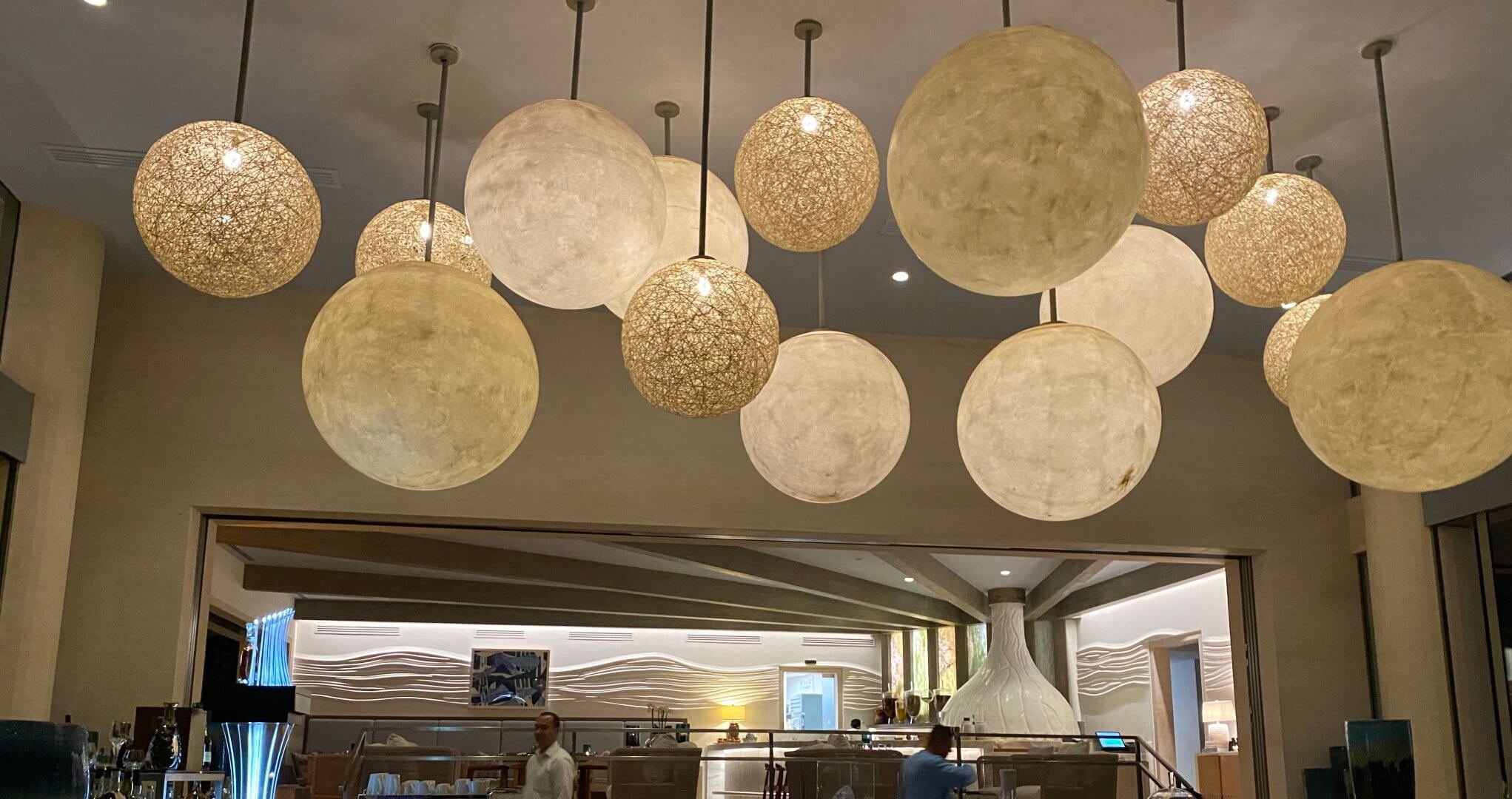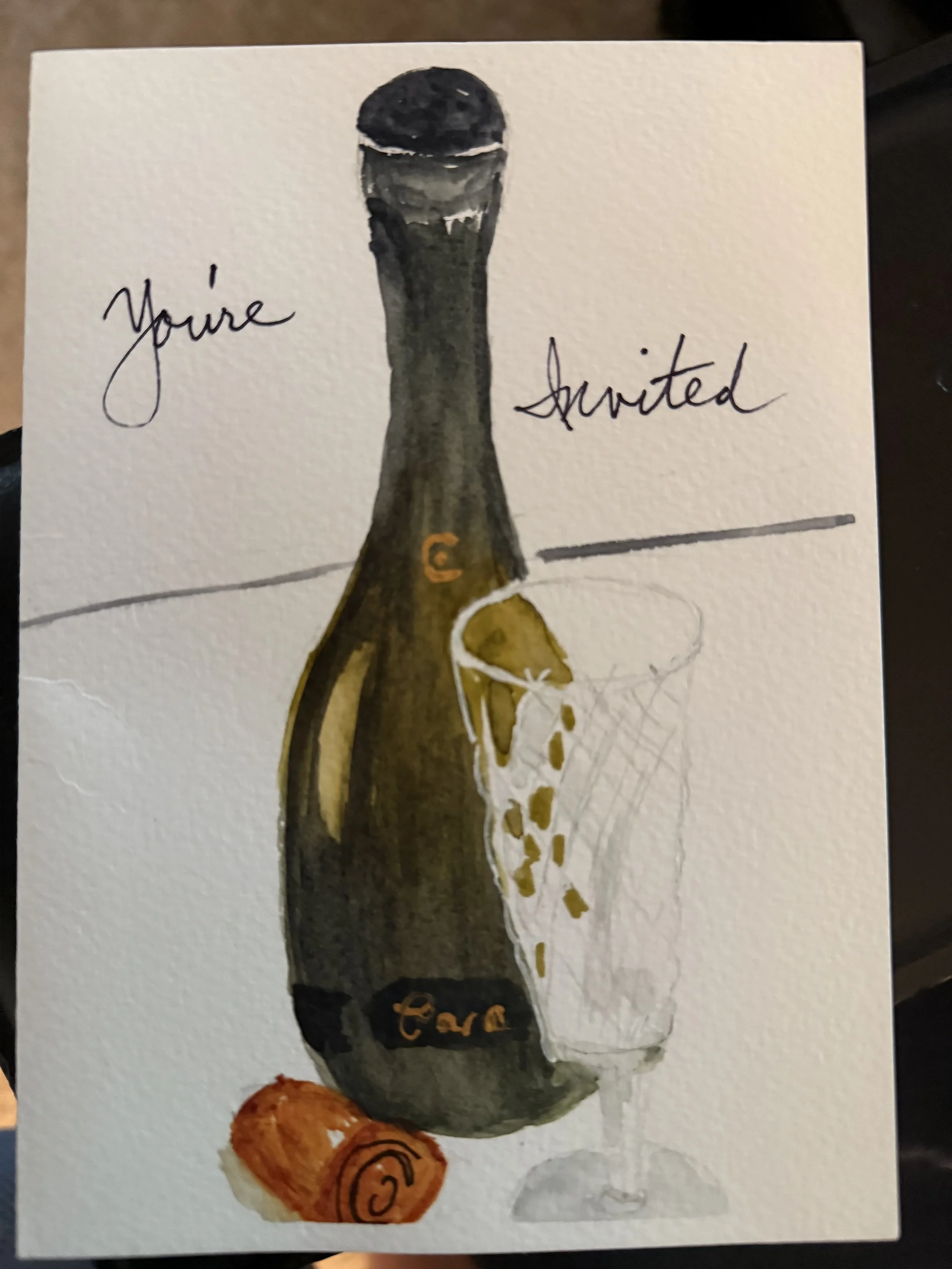We start with a look at the modern evolution to more aggressive 1NT opening bids: 14 -16 point 1NT opening bids. We discuss how to bid if we agree to play this, both as an Opener and as Responder.
(557) Competitive Auctions: I Want to Bid Doubles
There are certain auctions where we have made a bid that has “fully described our hand” and we leave the bidding up to partner. In auctions like these we usually are not very sure of what partner has for their bid and we want to leave any further decisions up to them. But sometimes we have more shape than partner expects or our instincts tell us that it is right to bid on. When that is the case we do NOT want to just take over and bid again – we told partner we would not bid any more after our first bid. In an auction like this we can use a double as a conventional bid saying “I want to bid more”. This is called an I Want to bid Double and it applies in very specific situations.
(556) Competitive Auctions: Anti-Lead Directing Doubles
Lead-directing doubles can be helpful in getting partner off to a good opening lead. These lead-directing doubles are common when the opponents make an artificial bid. When the opponents make a cuebid of our suit, a lead-directing double is also very common. Here we focus on this situation in detail to structure our agreements to allow us to communicate in the most effective way we can.
(555) Competitive Auctions: Scrambling 2NT
In competitive auctions where the opponents have found a fit, we compete aggressively – especially at matchpoints. We frequently use double (for takeout) with three-suited hands and sometimes with two-suited hands. To handle these situations, we want partner (Advancer) to have a tool to help us find our best fit. As usual, in competitive auctions our choice of convention will be 2NT. This gadget is called Scrambling 2NT.










